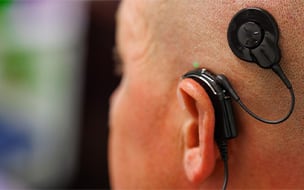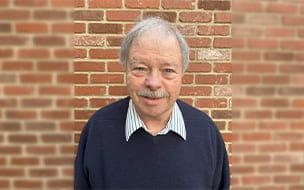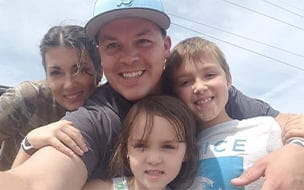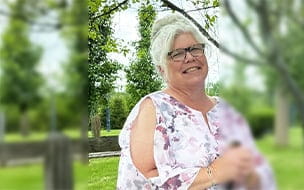Patient Stories
Showing of 198 results

UH Retreat Inspires Local Woman to Take Control of Her Type 2 Diabetes
Marylin Musselman credits a UH diabetes wellness retreat with inspiring her to learn to self-manage her type 2 diabetes and embrace a healthier lifestyle.

The Sound of Celebration: 30 Years of Cochlear Implants at UH
UH Ear, Nose & Throat Institute commemorates the 30th anniversary of bringing hearing to children and adults with profound hearing loss.

New Technology Helps Patient Control His Type 2 Diabetes
Bob Penrod of Chardon, Ohio, has control of his type 2 diabetes with the help of an automated insulin delivery system from University Hospitals.

A Determined Wife and ‘The Right Place’ Prove Lifesaving for Cardiac Survivor
After experiencing cardiac symptoms while administering communion to hospitalized patients, a man receives lifesaving care at the hospital he calls home.

Partially Deaf Woman’s New Implant Is ‘Life-Changing’
Partially deaf since childhood, Tina Erickson is thankful for her greatly improved hearing after receiving an implant at University Hospitals.

Heart Transplant Recipient Is Back to Work and Attending Broadcasting School
After receiving a heart transplant at UH Harrington Heart & Vascular, Pierre Mays of Akron, Ohio, is back to living a healthy, active life.

Implanted Device Eliminates Blood Thinners for AFib Patient
As an alternative to taking blood thinners for stroke prevention, the Watchman device helped Stacy avoid medication side effects and return to her active lifestyle.

Whole Health Helps Patient Recover From Long Haul COVID
After Tim Barr found himself suffering from the physical and mental effects of long haul COVID, UH Connor Whole Health helped him make a successful recovery.


